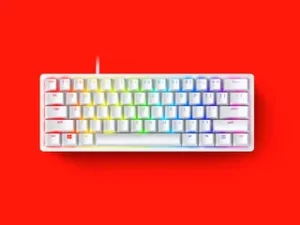From Drive Beginner to Pro: How to Create Folders and Move Files

Organizing your Google Drive files and folders can seem like a daunting task when you first start using it, but it doesn’t have to be. You don’t need to use it just to store and share documents with others; you can also use it to organize your own files so you can easily find them later. This post from the Drive Help Center will walk you through how to create folders and move files around in Google Drive to make things easier on yourself!
Open Google Drive
Opening Google Drive for the first time can be a little daunting. There’s a lot of white space and not a lot of obvious direction. But don’t worry, we’re here to help you get started! Let’s start by opening Google Drive. To do this, click on the folder icon in your toolbar at the top left of your screen or type Google Drive into your search bar. You’ll see three options in front of you: My Drive, Shared with me, and Add a New Folder…Click on Add a New Folder to start creating folders within your account so that it doesn’t become too cluttered.
Click the New button on the top right
When you click the New button, a drop-down menu appears with several options for creating new items in Drive. To create a new folder, select Folder from the menu. A new folder will appear in your Drive with the default name New Folder. You can then click on the folder to rename it.
Select Folder
Whether you’re just getting started with Google Drive or you’ve been using it for a while, there are some key things you should know about creating folders and moving files. Here’s a step-by-step guide on how to create a folder in Google Drive and move files from one folder to another.
The first thing you’ll need is the name of the folder that you want to create (or rename). To get the cursor into the New Folder field on your computer, press Shift+F5 on Windows or ⌘⇧N on MacOS.
Name your folder
Google Drive is a great way to keep your files organized and accessible from anywhere. Here’s a quick guide to creating folders and moving files around in Drive. 1) On the left side of the screen, you’ll see an area labelled Folders. Click on it, then click Create new folder. Give it a name, such as 2015 Projects, then click Create. You can also create subfolders inside of this one.
Right-click on your new folder
- To create a new folder in Google Drive, right-click on an existing folder where you want to add the new folder.
- In the menu that appears, select Create new folder.
- A pop-up window will appear asking you to name your new folder. Enter a name and click OK.
- Your new folder will appear in the existing folder. You can now move files into it by dragging and dropping them from your other folders.
Click the Move here option on the dropdown menu
Do you feel like a Google Drive beginner? Take a few minutes to learn some of the basics, like how to create folders and move files. It’s easy once you get the hang of it! The first step is to click on the dropdown menu for your file or folder. In this example, we’re looking at Documents which has all my documents in one place and I can see by scrolling down that there are no subfolders yet. If I want to create a new folder, I’ll scroll down until I see the New Folder option on the bottom left-hand side of my screen and then select that option by clicking on it with my mouse.
Click the New Folder option again
You can find the New Folder option by clicking the + sign next to My Drive in the left sidebar. Alternatively, you can right-click on My Drive and select New Folder. Give your folder a name that’s meaningful for you. In this example, we’ll call it Science Projects. Next, select the files or folders that you want to move into this new folder and click the Choose button at the top of your screen.
Name your second folder
Organizing your Google Drive may seem like a daunting task, but it’s actually quite simple once you get the hang of it. One way to keep your Drive organized is to create folders for different types of files. For example, you could have a folder for work documents, another for personal files, and so on.







